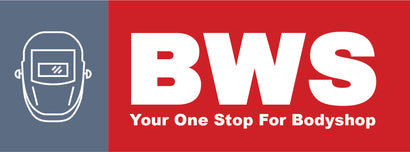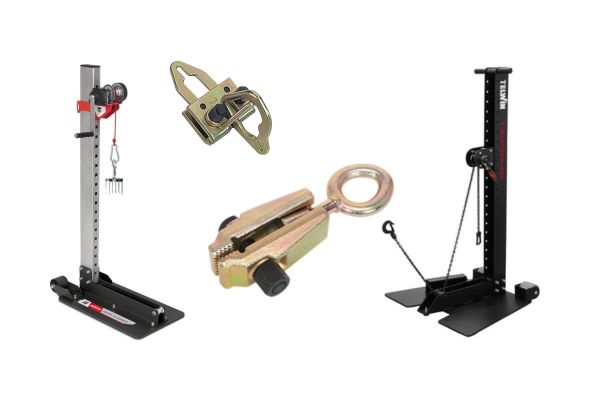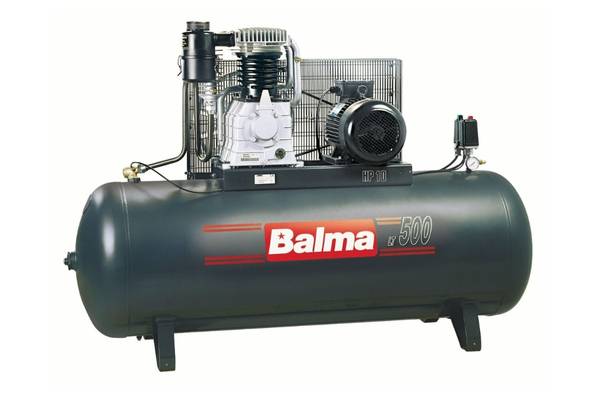Your Cart is Empty
Need Some Help? 0161 223 1843
Need Some Help? 0161 223 1843
BODYSHOP
WORKSHOP
WELDING
TOOLS

6 Things to know, when working on electric vehicles
October 10, 2020 4 min read
Electric and Hybrid vehicles account for over 7.4% of the UK market and the numbers are only going to get higher. Technicians, as well as knowing all about diesels and petrol driven cars, now need to learn about repairing electric and Hybrid.
Panel technicians need to understand the safety criteria for working on these types of vehicles and a good place to start is the manufacturers repair methods.
Voltages present in electric and hybrid vehicles (EHVs) are significantly higher (currently up to 800 Volts direct current (dc)) than those used in other vehicles (12/24 Volts
Here we list some general knowledge about working on EHVs (Electric and Hybrid vehicles).
1, High Voltages
Voltages present in electric and hybrid vehicles (EHVs) are significantly higher and can be as much as 650 Volts direct current (dc)) compared to those used in other vehicles (12/24 Volts. EHVs are classified as High Voltage if the working voltage is > 60 V and 1500 V DC or > 30 V and 1000 V AC therefore specialist work tools are required to work on EVs. Ensure all hand held equipment meets IEC 60900 Standard.
Even when the vehicle is switched off there is still an electrical shock risk. Some vehicle systems have capacitors and these store current indefinitely and can rapidly discharge when short circuited. The currents involved can be dangerous.
2, Movement Hazards
Electric vehicles are silent when moving and so can prove a hazard when moving a vehicle around in the workshop. Ensure other technicians and staff are aware when moving vehicles. Also be aware when working on EVs that electric motors or the vehicle itself may move unexpectedly due to magnetic forces within the motors causing.
3, Qualified Technicians and Work Areas
The general consensus is that technicians should be trained to work on EHVs. Lately several companies including the IMI have produced E courses online that enable technicians to continually update personal training and vehicle information.
Repair methodology is available from the vehicle manufacturers and from Escribe that give detailed instruction on how to carry out the repairs. What isn't listed though is the information for personnel around the technician carrying out the repair. Dedicated repair areas with signage should be implemented so that other people understand the risks. There is specific safety equipment also for these areas and all personnel need to understand what to do in the event of an accident.
Electricity is invisible an electrocuted personnel could still be "live" even though they have collapsed. Training of other personnel on how to use a High Voltage Rescue Poles and other safety equipment should be implemented.

4, Welding
Welding on electric vehicles is much the same as on a normal engine driven vehicle. Possible current surges and microwaves that are produced when welding can damage sensitive circuits. Disconnection and protection of the high-voltage battery is a must. Always disable the high-voltage battery following the vehicle makers repair information and follow all safety precautions.
Sparks are a particular hazard as they can ignite battery electrolytes therefore always ensure that welding blankets and spark arrestors are used when working on the vehicle.

5, Batteries
Most plug-in hybrids and all-electric vehicles contain three types of rechargeable batteries:
- Lead acid,
- Nickel-metal hy-dride
- Lithium-ion/ Lithium-polymer.
The most common type is the Nickel-metal hy-dride
Possible battery damage can occur when a vehicle is involved in an accident such as, leaking batteries, body panel or a wiring harnesses shorting. The volatility of lithium batteries are an issue here, If a lithium battery is shorted or punctured or if the vehicle catches fire and the battery pack is exposed to extreme heat, it may explode. Safety precautions for all types of battery include placing the vehicle in a safe zone that must be up to 50 feet away from flammable objects.
Battery fires can be very difficult to extinguish once started. There is also the potential for the release of explosive gases and harmful liquids if batteries are damaged or incorrectly handled. In the event of a fire lithium-ion batteries are considered Class B, so a standard ABC or BC dry chemical fire extinguisher should be used.
A flexible lithium-ion battery designed by a team of researchers from the Johns Hopkins Applied Physics Laboratory and built to operate under extreme conditions—including cutting, submersion, and simulated ballistic impact—can now add incombustible to its résumé and these may well be the battery used in the future.
6, Always Check
Always assume a vehicle is LIVE even if the safety switch is disconnected. Electric shocks kill. Always double check a particular system is dead before commencing work and use isolation locks. Another thing to ensure is that other people know what state the vehicle is in as its being worked on. Correct signage and information for other personnel is a must.
Although many manufactures have safety systems in the event of a crash, ie Mercedes-Benz hybrid and electric vehicles. have two different switch-off strategies being implemented in the event of an incident. A reversible cut-off for minor collisions and an irreversible cut-off for more severe collisions
Particular care MUST be taken though upon initial inspection to check systems are safe and are in fact isolated.
ACKNOWLEDGE
https://www.hse.gov.uk/mvr/topics/electric-hybrid.htm
https://www.carmagazine.co.uk/electric/volkswagen
Leave a comment
Comments will be approved before showing up.















































